Black pencil - Neo-Gothic style frame with studded pinnacles in pyrograved bone marquetry
Jean-Paul Laurens' vocation as an artist was born in a humble environment far from art. However, faced with his son's precocious passion, the father entrusted him at the age of thirteen as an apprentice to passing Piedmontese painters. His family managed, despite his modesty, to get him into the School of Fine Arts in Toulouse. A grant from the municipality then allowed him to continue his studies at the École des beaux-arts in Paris. The artist traced his path in a learned and rare historicism, plastically convincing and rather innovative in his mastery of spectacular spatial constructions and his insistent mortuary theme. The powerful realism to which Laurens resorted allowed him to give substance to a dramatic and violent register which was always the mark of his greatest successes. The artist, then aged 34, managed to establish himself at the Salon of 1872 as the last of the great French history painters of the Third Republic. His painting was a painting of ideas. The artist gave his works an undeniable political and ideological dimension, exalting republican virtues. We can thus see his painting as the intellectual and aesthetic expression of a synthesis between romantic and liberal historiography imbued with an epic and poetic breath and the demand for a scrupulous descriptive reconstruction. A great admirer of Paul Delaroche, Laurens therefore did not escape the seductions of a history painting that had to make the historical fact more accessible by adorning it with human and no longer divine feelings. This pictorial transition results in the adoption of an easel painting of relatively modest dimensions, including figures of historical size. These said formats were a commercial success, justified by the presence of these paintings in private collections. Like many of his contemporaries, Laurens was also passionate about theater and went to numerous performances. A large part of his reading was devoted to plays, some of which by Shakespeare and Goethe (Fig. 1) moved him deeply. Not being preparatory to one of his painted works, everything suggests that our drawing may have been sketched by the painter from the memory of one of his English or German readings. The tender and gallant tone of this young couple taken in by a recumbent figure is quite rare in Laurens. This study also illustrates the interest in costumes which was also one of the painter's favorite areas. By his tastes, the painter was a true romantic whose fiction became his daily world. He lived the subjects of his paintings, like the tragedians the characters of his plays.
Fig.1. Illustration for Faust, Le Jardin, pen, black ink, gray and black wash and heightened with white on graphite lines, 1885, 420 x 296 cm. Monogram lower right JPL, Paris, Musée du Louvre, department of graphic arts, funds of the Musée d'Orsay, RF 1561.
Bibliography: Collective; Laurence des Cars, AD de H, Francois de Vergnette, Exhibition catalog, Jean-Paul Laurens (1838-1921), History painter. Paris, Musée d'Orsay, October 6, 1997 - January 4, 1998, Toulouse, Musée des Augustin, February 2 - May 4, 1988, Meeting of National Museums, 1997.


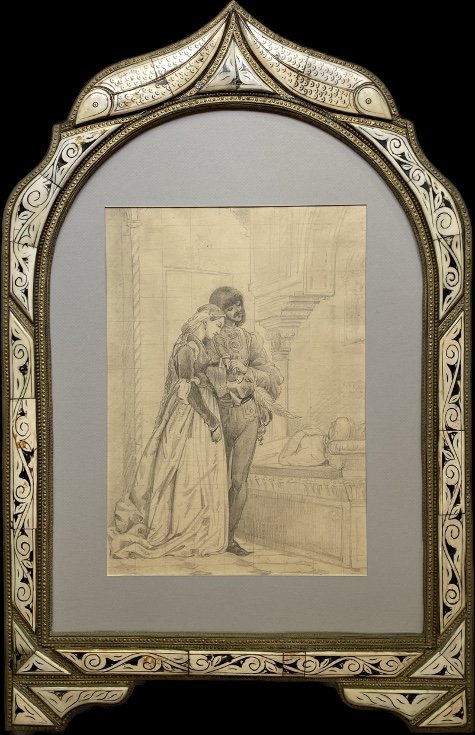
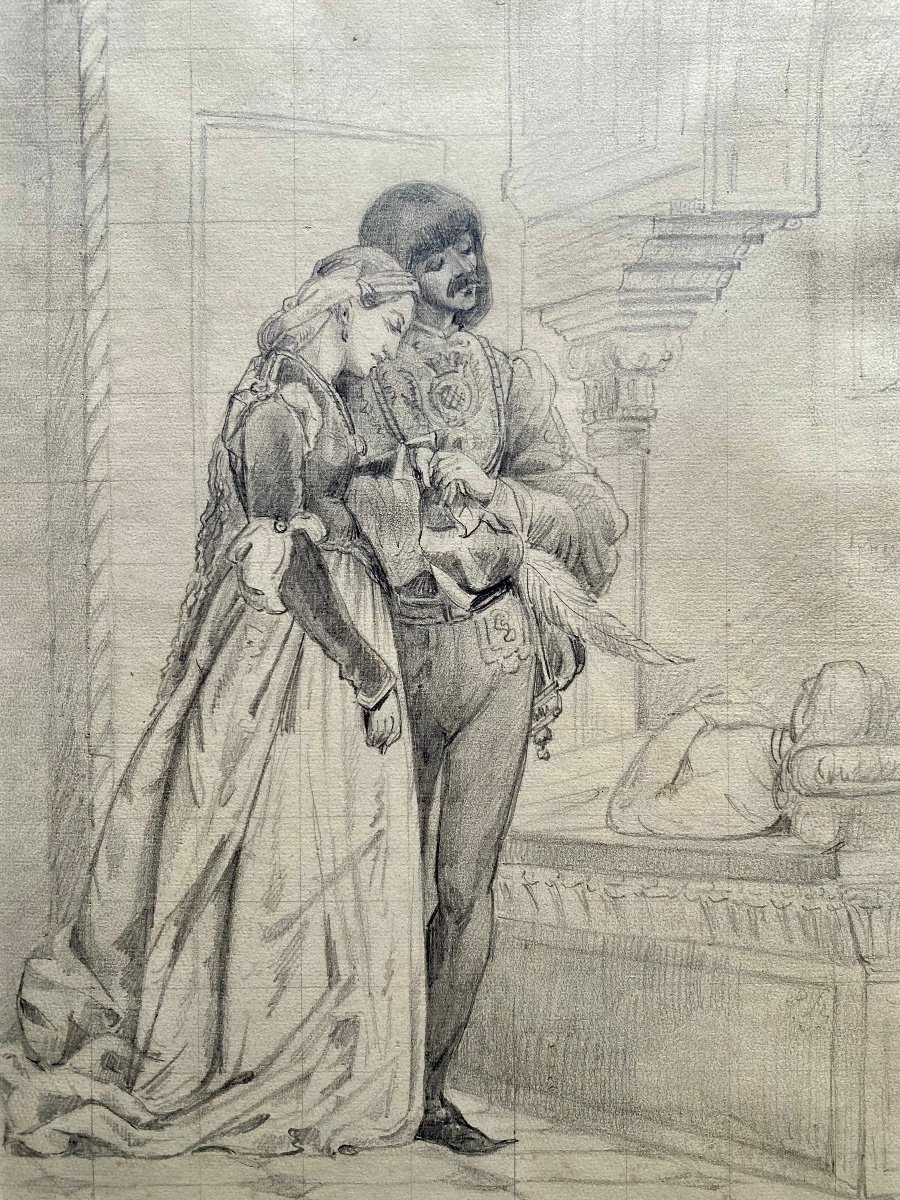
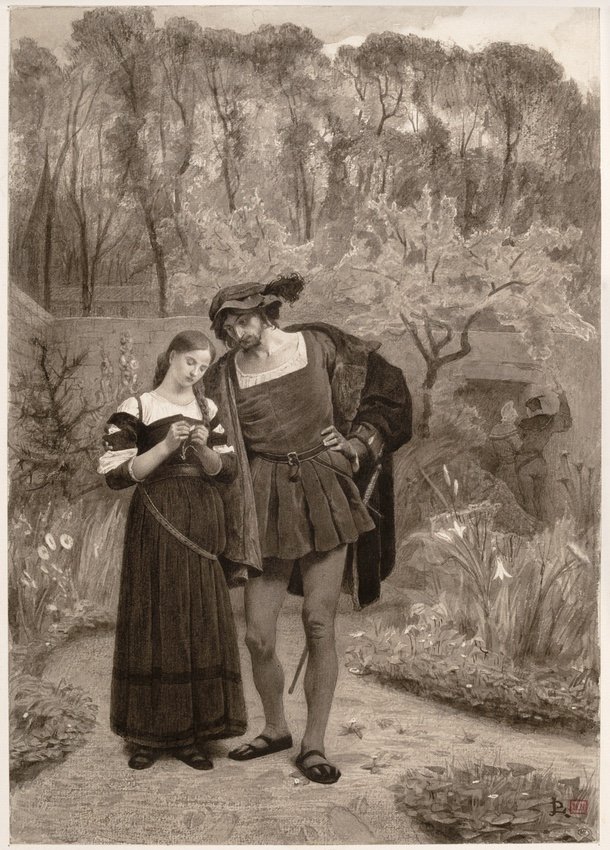
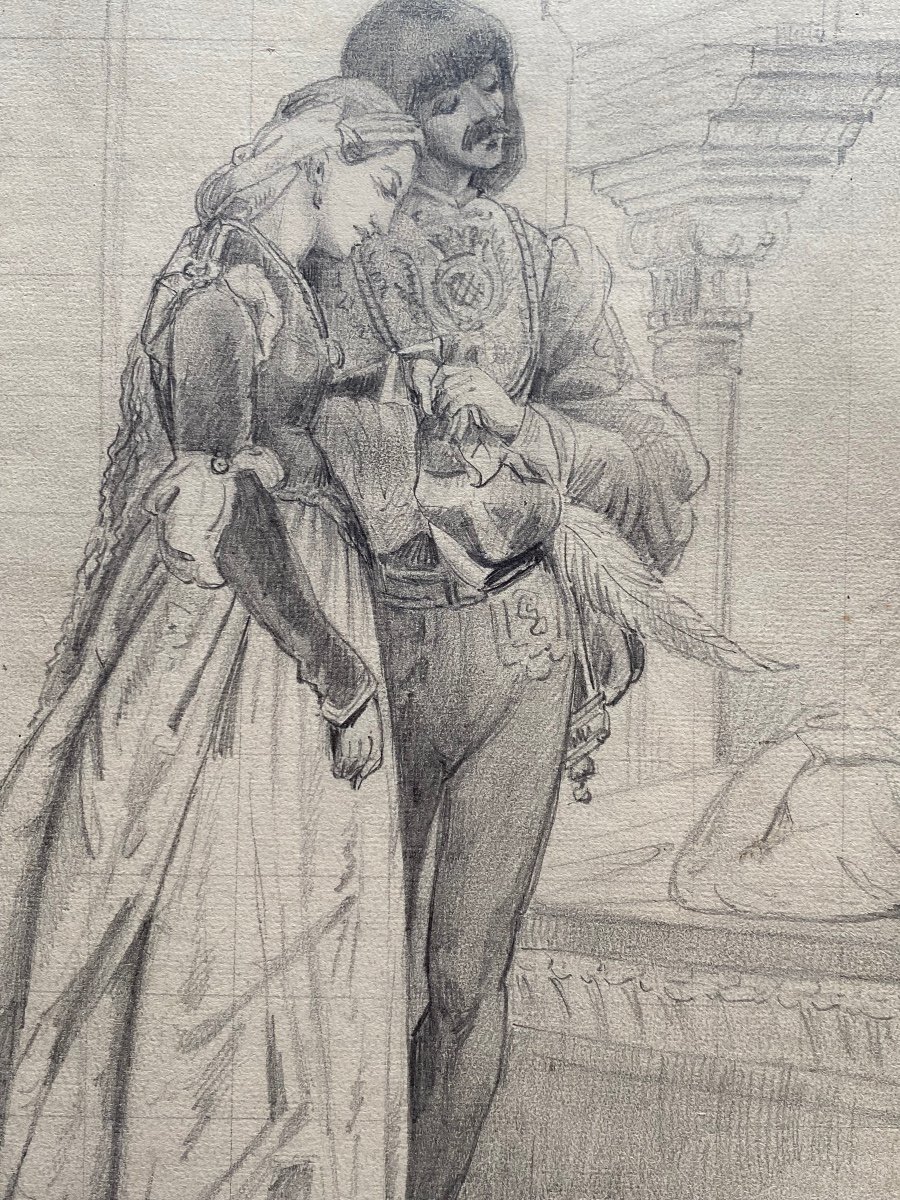








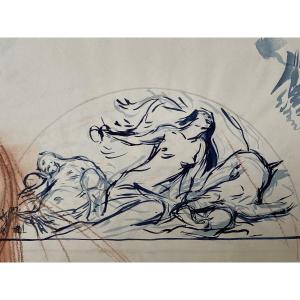
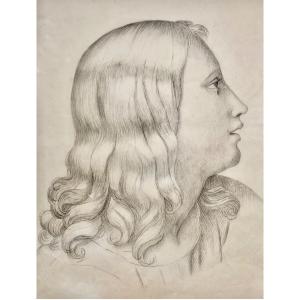


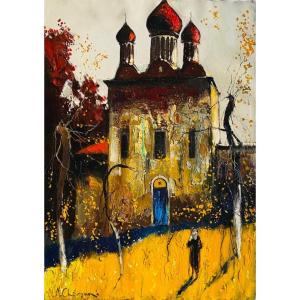

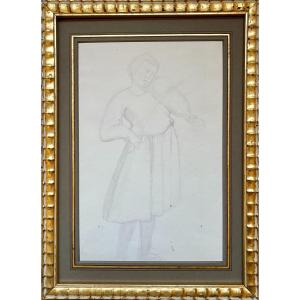

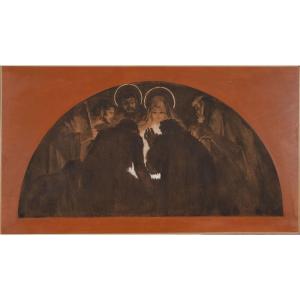
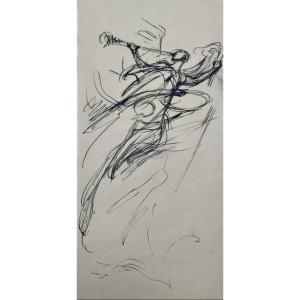


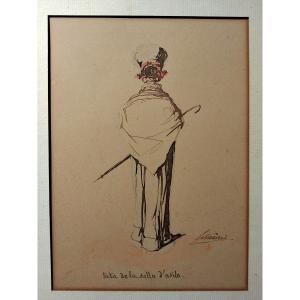


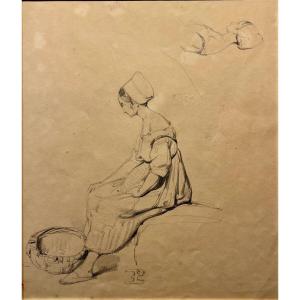
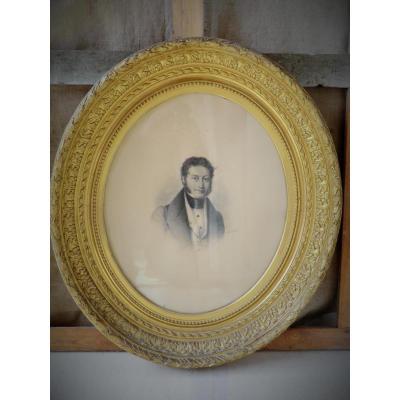



 Le Magazine de PROANTIC
Le Magazine de PROANTIC TRÉSORS Magazine
TRÉSORS Magazine Rivista Artiquariato
Rivista Artiquariato